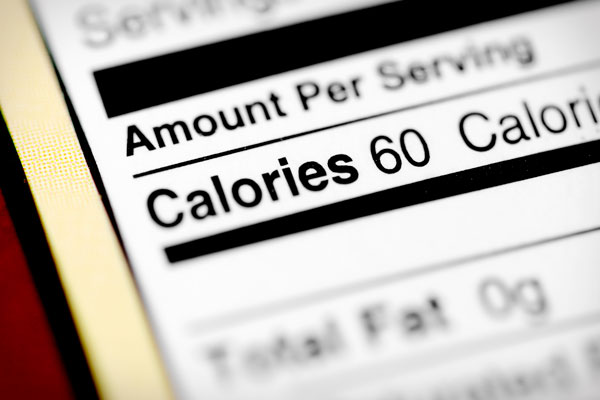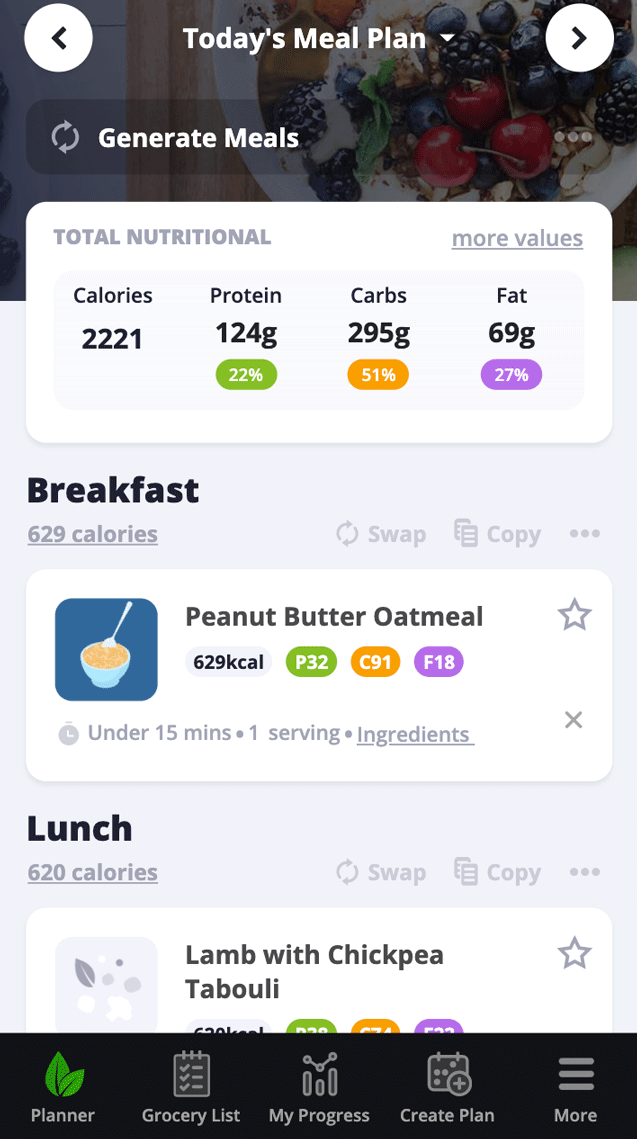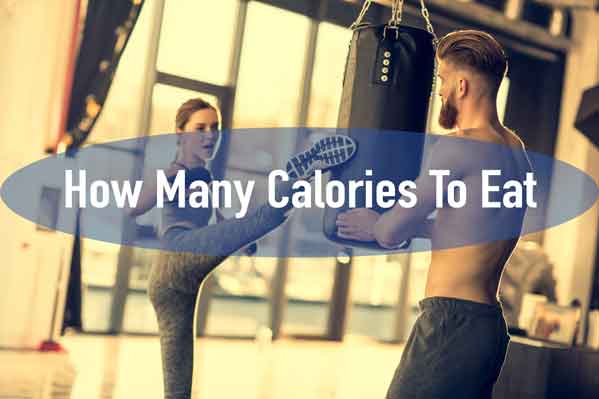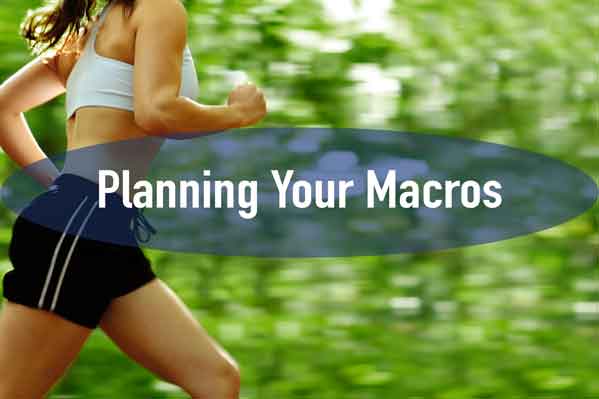Very Low-Calorie Diets For Extreme Weight Loss
Many obese people turn to surgery to lose weight when dieting does not make a dent in their weight loss goals. Others go further than a standard weight loss plan and try extreme diets, such as the very low-calorie diet.
What is a Very Low Calorie Diet?
A very low calorie diet (VLCD) is an intense diet that advises participants to eat no more than 800 calories per day, which is less than half of the standard recommendation of about 2,000 calories per day. The diet is typically reserved for people who are struggling with obesity, not the average dieter looking to shed those extra few pounds. Even for someone who is obese, it is recommended to only undergo a VLCD under medical supervision, or in some cases do it in conjunction with a standard low calorie diet. For example, someone may follow a VLCD eating plan two or four days per week, and eat more calories on the other days of the week.
A proper VLCD goes beyond just limiting food intake. Rather, participants consume pre-prepared meals in liquid form, or occasionally meal replacement bars, rather than eating normal meals. Though meals are in liquid form, a legitimate VLCD will be formulated to include most of the necessary vitamins, minerals, micronutrients, fatty acids, and proteins to still be a nutritionally healthy diet. Still, malnutrition is a concern for long-term dieters following a VLCD.
VLCDs can be an effective way for someone who is obese to lose weight faster than they would on other diets. The goal of a VLCD is to lose 3-5 pounds per week (1.5-2.5 kilograms), which is higher than the average from a regular diet. But, it must be noted that VLCD's are very extreme, and oftentimes a last resort for someone who needs to lose weight fast for medical reasons.
Along with the risk of malnutrition, VLCDs make it hard to exercise. Very mild exercise such as walking should be okay, but anything more extreme could be dangerous when consuming so few calories. This is a disadvantage of the VLCD, as exercise is a key component of a healthy lifestyle, especially for someone trying to lose weight. VLCDs can also be socially isolating, as the dieter will likely have to abstain from social events involving food.
Is This Meal Plan Right For Me?
A VLCD is not for everyone. There are other options for someone who is obese or overweight to achieve their weight loss goals in a less stringent fashion. The most notable difference between the traditional VLDC and other effective low-calorie diets is that dieters can eat solid food.
One of these options is the protein-sparing modified fast diet (PSMF). Similar to a VLCD, PSMF diets are low in calories and intended only for the short-term in order to lose weight quickly. However, PSMF involves eating solid food, though food choices are limited. The PSMF restricts dieters to lean sources of protein and low-carbohydrate vegetables. Dieters are limited to a very small amount of fat and do not consume any carbohydrates. The specific needs for each person is calculated based on their body mass, but eating lean sources of protein and plenty of vegetables should keep dieters from feeling too famished as they would on a liquid VLCD. Still, such a drastic change of diet is never easy. Utilizing a meal planning service is a great way to make the PSMF process easier and helps you be more likely to succeed.
Similar to the PSMF is the Atkins Phase 1 diet plan. Again, this diet should only be used by people who have plenty of weight to lose (Atkins recommends only doing phase 1 if you have 14 pounds, or about 7 kgs to lose). Like the PSMF, Atkins Phase 1 focuses on lean proteins and vegetables for a period of two weeks. Starting the Atkins program is a great choice when it comes to maintaining weight loss in the long run, as dieters can transition from phase 1 seamlessly into phase 2, which is less restrictive but still a proven method of weight loss.
Intermittent Fasting
Another diet strategy that is frequently discussed is intermittent fasting, or the 5:2 diet. Though some people use intermittent fasting to refer to limiting eating windows each day, the 5:2 diet refers to days of the week. For 5 days of the week, dieters can eat normally. Then, two days of the week calories are restricted to 500-600 per day. The 5:2 diet requires dieters to still be conscious about what they eat on the non-fasting days and eat healthy, nutrient-dense foods. But, this style of dieting can be easier to stick with for many people versus worrying about restricting calories every day.
The Bottom Line
As every person is different, not everyone will have success on the same diet. All of the diets discussed above can be very effective for the right person, but sometimes you may need to try different options to see which works best for you. It is important to emphasize again that the VLCD should only be used in the most extreme circumstances, and always under the supervision of a doctor. The other diets mentioned are a bit less extreme, and people can live more of a normal life while sticking to their diets. Plus, they are more sustainable in the long run.
The important thing to focus on is what makes you feel your best. And, what you do after your diet can make all the difference. Behaviors such as staying on the move and still eating plenty of vegetables can help you maintain your weight loss, and feel better, for life.
Another thing that can help keep you on track with dieting is a meal planning service that takes the hard work out of figuring out to eat. The PSMF diet, Atkins diet, 5:2 diet, and more are all available on My Diet Meal Plan. Take the effort out of your diet and choose the plan that is best for you, and feel the difference that healthy food can make in how you feel each day.



